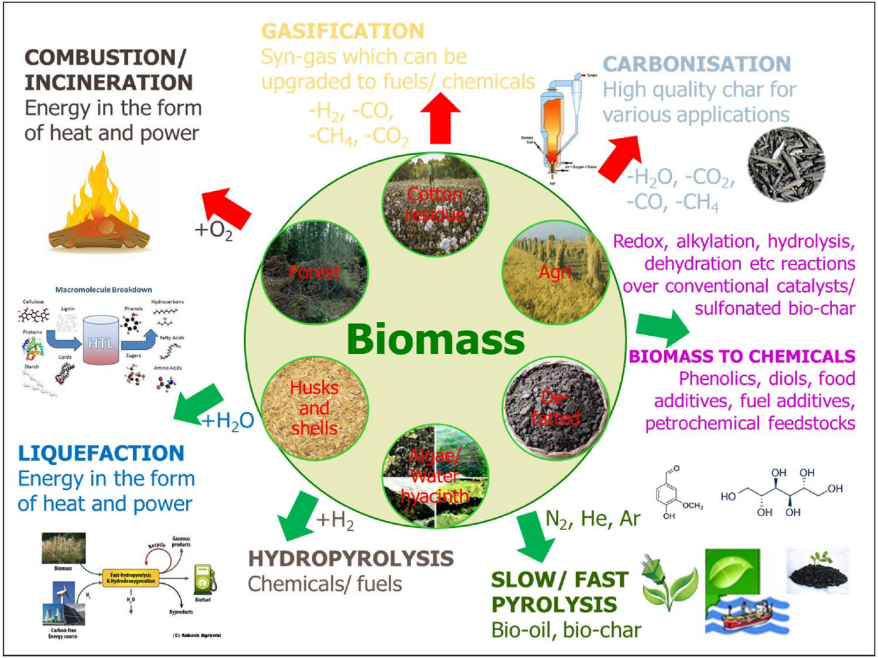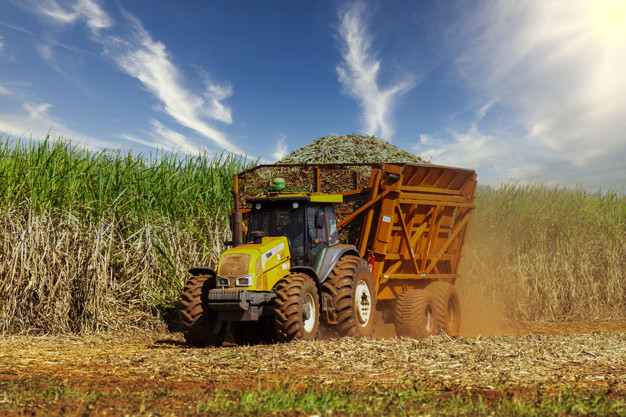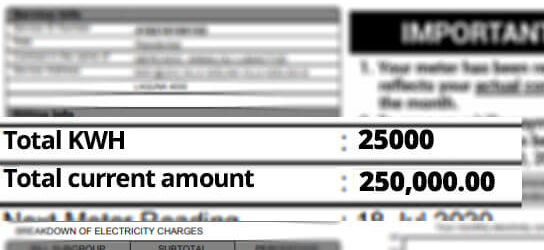What Exactly Is Biomass Energy?
Biomass energy is generated or produced by living or once-living organisms. If you’re familiar with the photosynthesis process, you might know about this energy. This comes from various plant crops, like sugarcane and corn and wood pellets, grass clippings, and even dung. Talking about photosynthesis, plants create energy- then store this energy later. When animals consume plants, the stored energy is transferred to them, and when animals excrete waste, the stored energy gets returned to Mother Nature.
Although biomass energy comes second to hydropower in the Philippines (Gross Power Generation Statistics), some developing countries are way more reliant on Biomass Energy. This energy is one of the most commonly used renewable sources of energy.
Categories of Biomass Energy
Are you wondering where Biomass energy came from? By far, the standard type of energy is wood from trees. In our history, it can be seen that older people (ancestors) have been using wood to produce energy. Back in the 13th century, it was discovered in cave-dwelling days that wood could burn. Even the explorer Marco Polo noted how to create biofuels.
Some people are still using it in the current day, especially those living in the mountains. They gather branches and other forms of wood pellets to power their fireplaces or wood-burning stoves. Aside from wood, different types of biomass include:
Sewage
Agricultural Waste Products
Animal Manure
Food and Yard Waste
Solid Wastes
These biomass energy categories are either burned directly to generate electricity and fuel or converted into liquid or gas biofuels.

How Can Biomass Generate Electricity?
Biomass energy is generated depending on what type of biomass you’re dealing with. Mostly, if you’re dealing with wood, combustion would probably be the method. When it comes to paper, food scraps, and waste materials, they will undergo a “decomposition” process; they are sent to landfills. Lastly, sewage and animal manure are turned into energy in separate vessels called digesters to produce biogas( biomass is converted into biogas).
Biomass conversion can help communities to heat and cook upon using biogas. Additionally, it can also be used as a gas engine. Liquid biofuels such as Ethanol and Biodiesel can be used in vehicles or as heating oil as well. With biomass energy, communities and homes can significantly benefit.
Let’s Have A Short Recap!
Biomass energy is organic matter- burned to generate electricity. Going into biomass energy, communities can attain sustainability with this renewable resource, with a low-carbon option. Wood pellets are the most commonly used for electricity production. Combustion is the process of burning agricultural waste or woody materials to heat water and produce steam.
Without the help of biomass energy solutions, these scraps would cause more disruption to the environment and human beings. Going into biomass energy can be the only way to save both waste and the environment.



2 thoughts on “How Biomass Is Powering Communities | Reurasia”
We interested in working with you and your organization for the promotion of renewable energy
Dear Ibrahim,
you may send us an email at [email protected] with a bit more information for us to understand how we could collaborate.
Best Regards